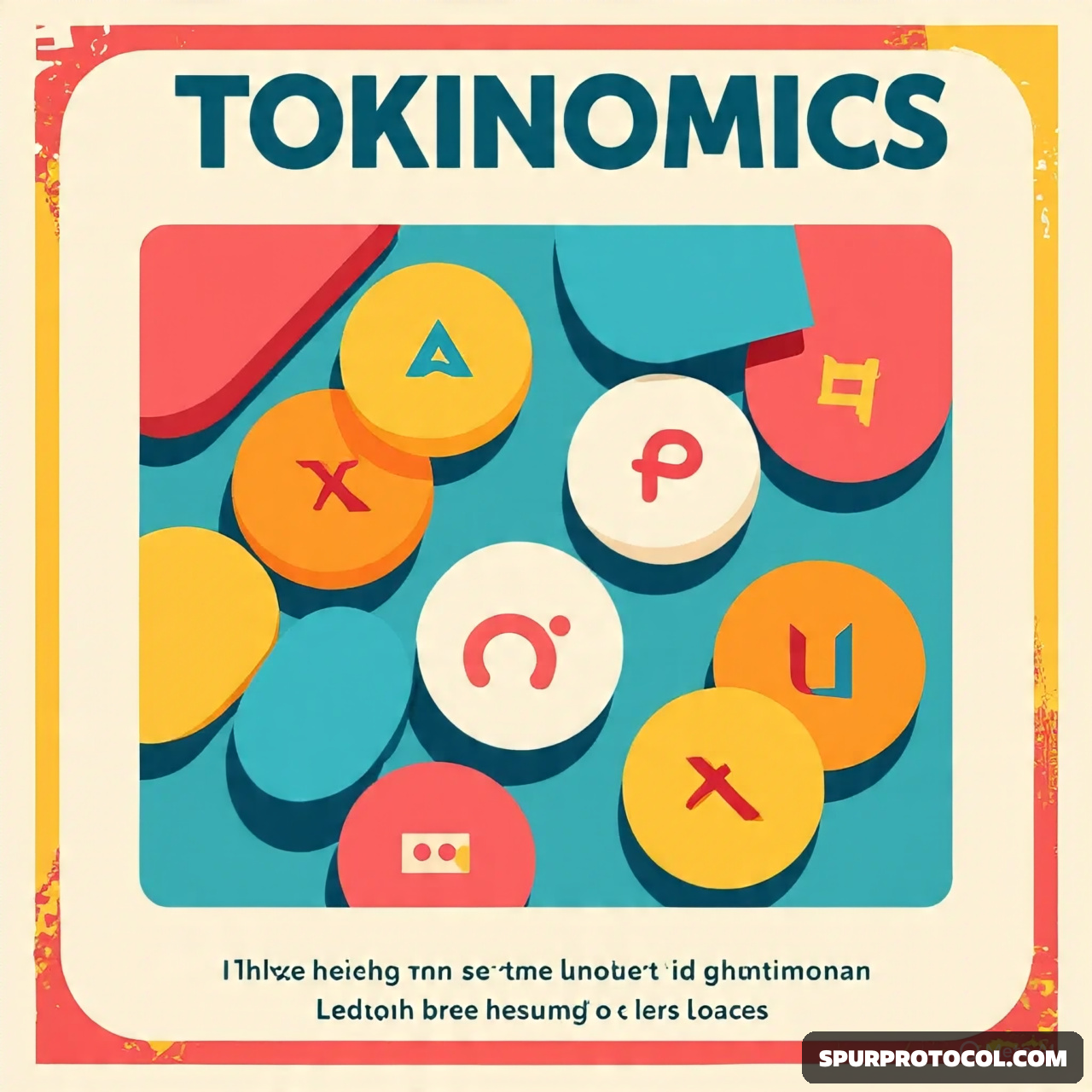Simple Explanation Of Tokenomics
Simple Explanation Of Tokenomics
Go Back
🕒 9:46 AM
📅 Jul 20, 2025
✍️ By alaminlive
Simple Explanation Of Tokenomics
Go Back
🕒 9:46 AM
📅 Jul 20, 2025
✍️ By alaminlive
Tokenomics: Is the economics and design of a token ecosystem. It encompasses various aspects, including:
Key Components of Tokenomics
1. Token Supply: The total amount of tokens in circulation, including the maximum supply, circulating supply, and any mechanisms for token burning or minting.
2. Token Distribution: How tokens are allocated and distributed among stakeholders, such as founders, investors, and the community.
3. Token Utility: The purpose and use cases of the token, such as payment, governance, or access to a service.
4. Token Incentives: Mechanisms to motivate desired behaviors, such as staking, rewards, or penalties.
5. Token Governance: The decision-making process for the token ecosystem, including voting mechanisms and governance structures.
Importance of Tokenomics
1. Value Proposition: Tokenomics helps understand the value proposition of a token and its growth potential.
2. Risk Assessment: Analyzing tokenomics can help identify potential risks and opportunities in a token-based project.
3. Investor Confidence: A well-designed tokenomics can increase investor confidence and attract investment.
4. Community Engagement: Tokenomics can influence community engagement and participation in a token ecosystem.
Tokenomics in Practice
1. Cryptocurrencies: Tokenomics is crucial for cryptocurrencies, as it affects their value, adoption, and usability.
2. Decentralized Finance (DeFi): Tokenomics plays a vital role in DeFi projects, where tokens are used for governance, lending, and borrowing.
3. Non-Fungible Tokens (NFTs): Tokenomics can influence the value and scarcity of NFTs, as well as their use cases and adoption.
By understanding tokenomics, individuals can make informed decisions about token-based projects and investments.